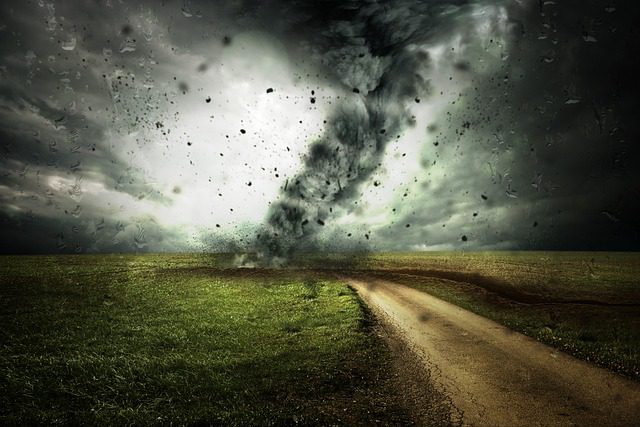Catastrophic events such as natural disasters, industrial accidents, and transportation mishaps can have devastating consequences for individuals and communities. When such events occur, the focus is on providing immediate relief to victims and their families. However, as the dust settles, the question of who is responsible for the catastrophic event often arises.
In many cases, negligence on the part of one or more parties may have played a role in causing the event. Establishing negligence in catastrophic event cases is essential to ensuring that those responsible are held accountable and that victims receive the compensation they deserve.
Table of Contents
What Is Negligence?
Negligence is a legal term that refers to the failure to exercise reasonable care under the circumstances. In the context of catastrophic event cases, negligence can take many forms, including:
- Failing to properly maintain equipment or infrastructure
- Ignoring safety protocols
- Failing to adequately prepare for foreseeable events
- Failing to respond appropriately to warnings or signs of danger
- Negligence can be committed by individuals, companies, or government entities
Establishing Negligence in Catastrophic Event Cases
To establish negligence in catastrophic event cases, several factors must be considered. These factors are often referred to as the elements of negligence and include:
Duty of Care
The first element of negligence is the duty of care. Duty of care refers to the legal obligation that one party owes to another to exercise reasonable care. For example, a company that operates a chemical plant has a duty of care to ensure that the plant is operated safely and that the surrounding community is not put at risk.
Breach of Duty
The second element of negligence is a breach of duty. In the example above, if the company that operates the chemical plant fails to properly maintain the plant, resulting in a catastrophic event, they may be found to have breached their duty of care.
Causation
The third element of negligence is causation. Did the breach of duty caused or contribute to the event? If the answer is no, then there can be no finding of negligence.
Damages
The fourth and final element of negligence is damage. Damages refer to the harm you suffered as a result of the catastrophic event. In order to establish negligence, there must be actual harm or injury that resulted from the event.
Proving Negligence
Proving negligence in catastrophic event cases can be challenging. There may be multiple parties involved, and the evidence may be complex and technical. However, several key steps can be taken to establish negligence.
Investigation
The first step in establishing negligence is to conduct a thorough investigation of the catastrophic event. This may involve gathering physical evidence, reviewing documents, and interviewing witnesses. The goal of the investigation is to determine what happened, who was involved, and what factors may have contributed to the event.
Expert Analysis
In many catastrophic event cases, expert analysis is required to establish negligence. Experts in fields such as engineering, safety, and environmental science can provide valuable insight into the causes of the event and whether negligence played a role.
Legal Action
If negligence is suspected, legal action may be necessary to establish liability and obtain compensation for victims. This may involve filing a lawsuit against one or more parties alleged to be responsible for the event. In some cases, settlements may be reached outside of court.
Contact an Attorney for Help
You need to establish negligence after a catastrophic event. This is essential to ensuring that those responsible are held accountable and that victims receive the compensation they deserve. It is important for all parties involved to take responsibility for their actions or lack thereof and for preventative measures to be put in place to prevent future catastrophic events.
By holding negligent parties accountable, justice can be served, and victims and their families can begin to recover and rebuild their lives. In order to prevent future catastrophic events, it is crucial for companies and government entities to prioritize safety and take all necessary precautions to protect the public from harm. With continued efforts to establish negligence in catastrophic event cases, we can work towards a safer and more just society.
 How does one combine a passion for journalism with a strong sense of justice? For Crystal Davis, the choice was simple: legal journalism. Born and raised in a family of attorneys but wanting to approach the law from an investigative angle, Crystal decided that people would not hear her voice in the court but online, in magazines, journals, and other platforms. When she is not studying active lawsuits closely to report on them, she writes public-friendly articles detangling the complicated threads representing the American legal system.
How does one combine a passion for journalism with a strong sense of justice? For Crystal Davis, the choice was simple: legal journalism. Born and raised in a family of attorneys but wanting to approach the law from an investigative angle, Crystal decided that people would not hear her voice in the court but online, in magazines, journals, and other platforms. When she is not studying active lawsuits closely to report on them, she writes public-friendly articles detangling the complicated threads representing the American legal system.




